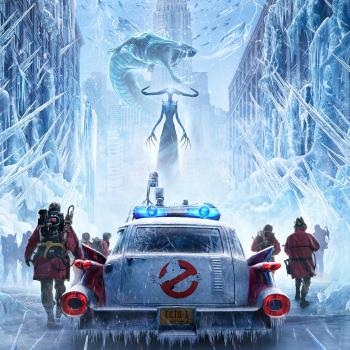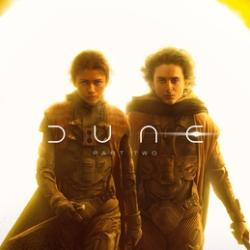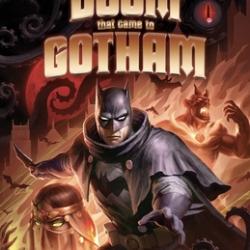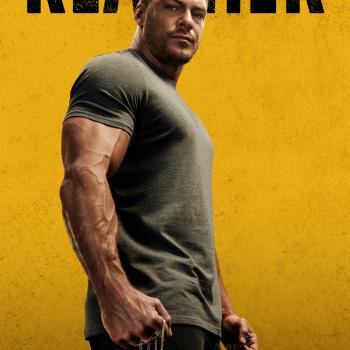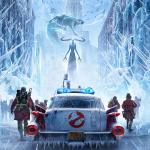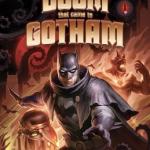Review of World War Z, Directed by Marc Forster
World War Z almost didn’t see the light of day. The movie suffered from budget woes and missed its original Winter 2012 release date due to fears over an incoherent story. There were whispers of a Waterworld-type fiasco. According to the Vanity Fair article about the saga, the studio called in Damon Lindelof, one of the creators of Lost, to sprinkle some of his humane sci-fi writer’s magic on the increasingly bloated project. The result is a thrilling movie with some disjointed story telling, but it is far from a failure.

The movie opens with a ham-handed “we’re the real zombies” themed montage of various scary things – global warming, war, etc. – mingled with scenes from inane reality shows before giving way to a shot of a nice house in the Philadelphia suburbs. Gerry Lane (Brad Pitt) is making pancakes for his wife and two daughters, only vaguely paying attention to the scenes of mayhem playing on the small television set on the counter. We learn that Gerry had recently stopped working at the UN and, according to his daughter, now he doesn’t do anything but make them pancakes. Their reverie is interrupted by their young daughter asking in her cherubic voice, “Daddy, what’s martial law?”
Martial law is what happens on their way to school that morning. As they’re stuck in Philadelphia traffic, helicopters fly overhead and police motorcycles drive back and forth. Suddenly, explosions appear in the rearview mirror and Gerry begins to turn on the skills he used as a UN envoy to lead his family away from the encroaching zombie apocalypse starting right there on Broad Street. With help from Gerry’s contacts in the UN, he is able to fly his family out to the middle of the ocean, away from the virus and those who succumbed to it. In exchange for his family’s safety, Gerry agrees to go back into the peacekeeping business to find out how this overwhelming pandemic began. His journey takes him to Korea, Israel, and Wales in hope of finding the origin and, perhaps, a cure.
I’m no zombie movie expert (although I do enjoy repeat viewings of Shaun of the Dead), but World War Z got into truly terrifying territory. The first part of the film follows Gerry and his family as they escape from one zombified location to the next and one could easily empathize with their terrified girls as the watched their father battle the seemingly unbeatable walking dead. But as Gerry traverses the globe, the situation loses its immediacy. While we are constantly reminded that Gerry is doing all he can for his family, his former zeal for his girls seems distant and a bit of a stretch when we’re supposed to be (and are) awed by giant battle scenes through the streets of Israel.
The writers seemed to recognize this tension and try to reintroduce the humanized Gerry toward the end of the second act by giving him a female Israeli soldier (a bald Danielle Kertesz) as a companion, but she is personality-less and clearly just a plot device. The ending provided thrills on a smaller scale (perhaps due to aforementioned budget woes) in an enclosed research facility instead of through a global city but they are thrills nonetheless.
In the final climactic scene, Gerry tells his fellow travelers to tell his family he loves them as he risks his life to save humanity. World War Z’s toying with love of family raises some questions of how a husband and father best loves his wife and daughters. Gerry desired to save the world in order to save his family, but the process – and even the plot, on a meta-level – showed those two desires are hard to hold in tension. Ultimately, Gerry did think his responsibility was for his family’s safety and well-being, even as he acted as the great last hope for the world’s survival. This small film ethos within the big budget action flick helps us remember that our loves are drawn to the concrete, even in the face of overwhelming need.



